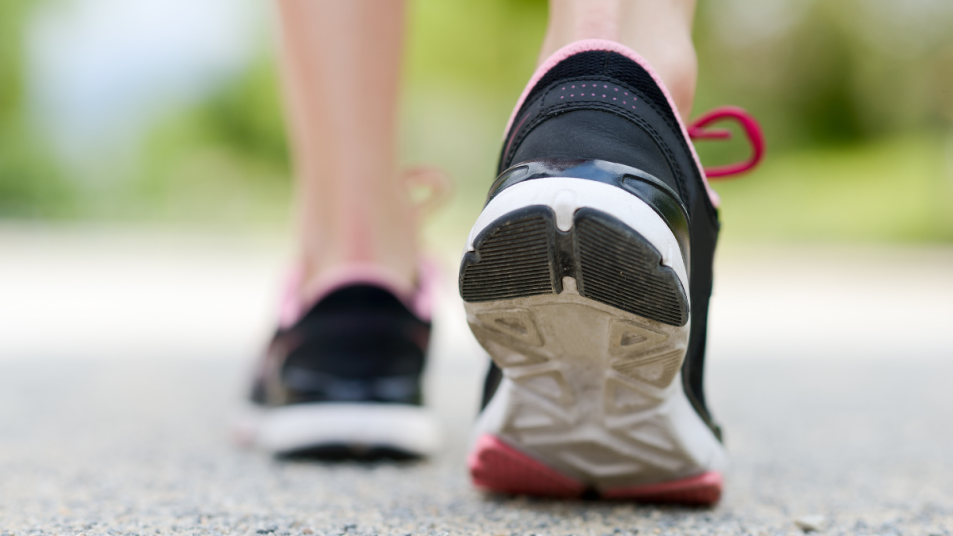The Small Reason Why You Might Not Be Getting as Much Out of Your Workouts

When it comes to all the ways to optimize your workouts, you’ve probably considered what you eat and drink beforehand and which types of exercise you’re doing . But have you thought about changing out your running shoes recently?
You might’ve heard that you’re supposed to replace your footwear after 300 to 500 miles of running. But what if you aren’t a runner or don’t work out that frequently? Do you still have to swap your shoes often, or can you get away with having the same pair for several years at a time?
According to running company Fleet Feet, no matter how often you’re exercising or what you’re doing, it’s imperative that you still get a new pair of shoes roughly every year, regardless of how often you’ve used your current or past pairs. While your shoes themselves won’t suddenly crumble into a million pieces around that annual expiration date, their components do start to see some wear and tear in that time — even if they’re just sitting in your closet! This includes the rubber sole of the shoe, the foam midsole, and the glue that holds everything together. Not only can this make for an uncomfortable experience as time goes on, but it could also lead to quicker injuries if you’re not careful. For example, old shoes aren’t able to absorb impact as well as their newer counterparts, and that could exacerbate your knees, shins, and ankles.
There are a few ways to extend the shelf life of your current shoes though. Keeping them away from the elements, like excess water, sand, and dirt, can stop the materials from deteriorating quicker. Plus, storing your shoes somewhere cool and dry, like a closet or bin, is key to ensuring that they’re taken care of in the short term.
While it might seem annoying to get a new pair of shoes every year and to keep an eye on them during that time, it’s worth it to make sure you get a great, injury-free workout no matter what!













